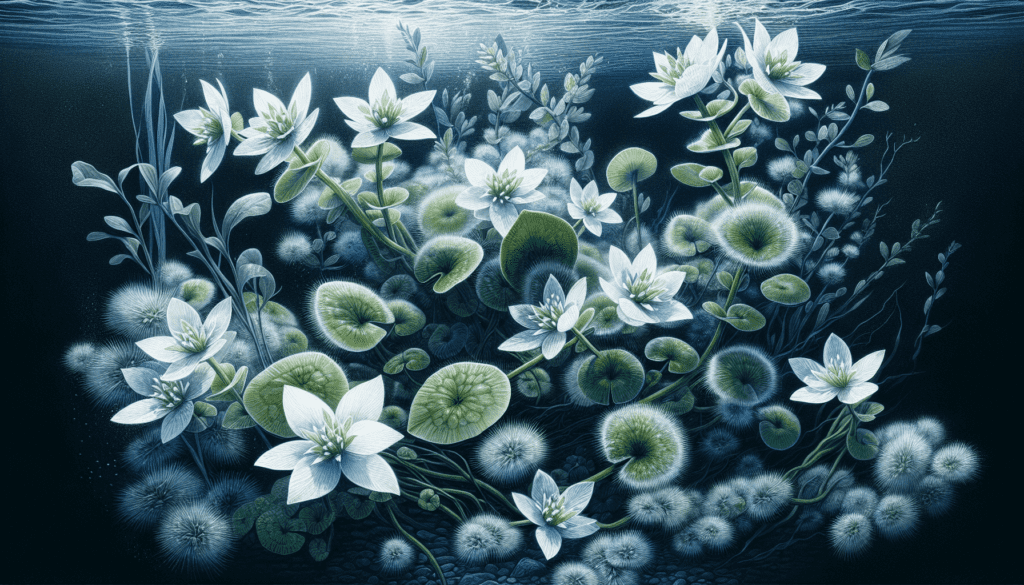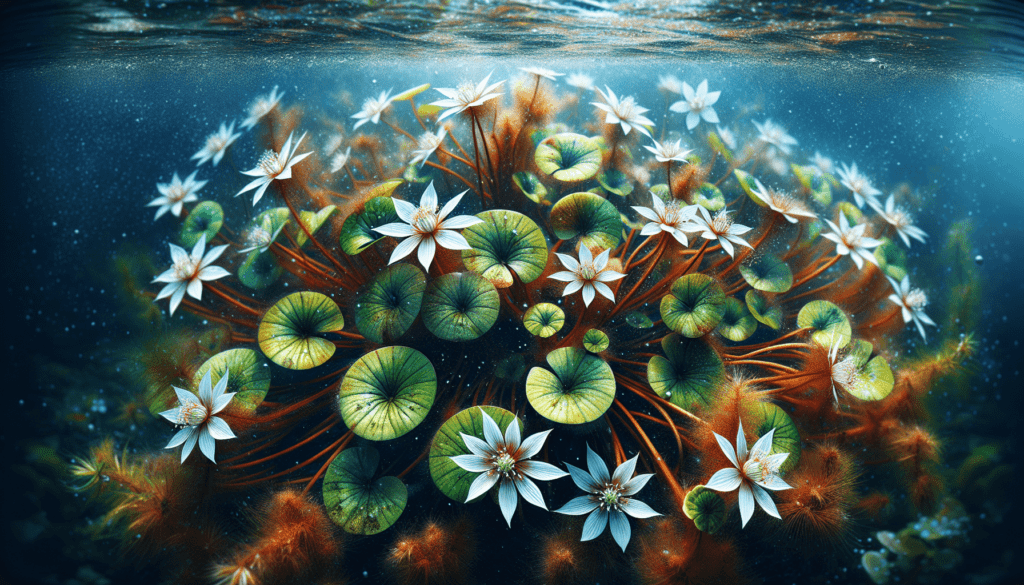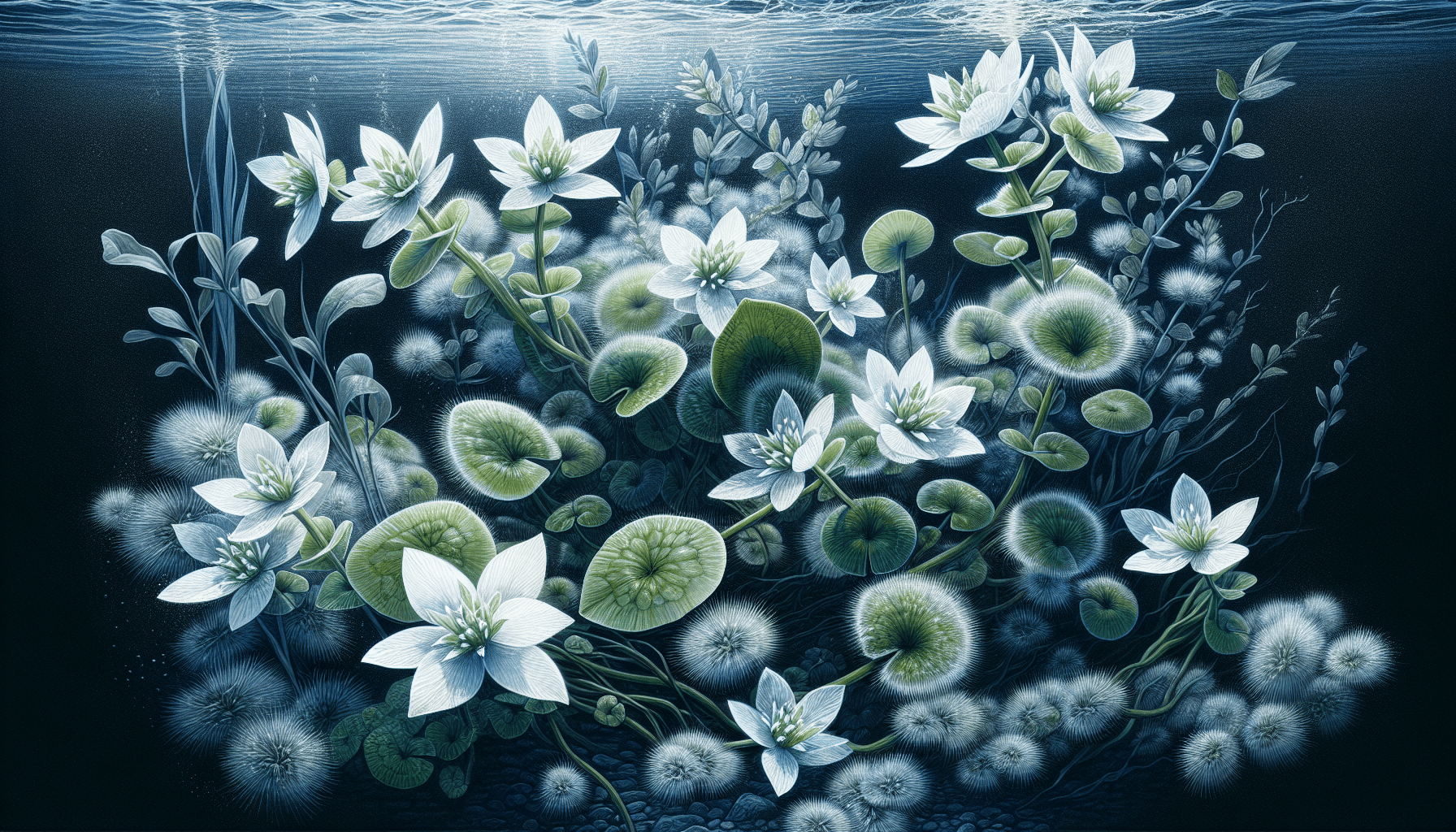As you embark on the exploration of aquatic botanical world, the term “Baldellia” might cross your path. The Baldellia, an intriguing aquatic plant species, oftentimes defies the rigid classification system of botany, challenging scholars with its distinctive properties. In this composition, the discussion pivots around understanding the multifaceted aspects of Baldellia- its profound ecological significance, unique anatomical structures, survival strategies in diverse water-based habitats, and its diverse uses in modern botanical practices. Articulating a comprehensive understanding of this aquatic plant will undoubtedly enrich your botanical perspectives and appreciation for the intricacies of Mother Nature’s creations.
Definition and Classification of Baldellia
Baldellia is a genus of perennial flowering plants that belong to the Alismataceae family. It is in the Simplicaulis monophyletic section. These are moisture-loving plants that are commonly found in aquatic regions or near water bodies like marshes, ponds, and lake edges.
Scientific Classification
In the Linnaean hierarchy of biological classification, Baldellia falls under the Plantae kingdom, the Tracheophytes subkingdom, the Angiosperms super division, and the Monocots class. They are part of the Alismatales order, under the Alismataceae family.
Common Names and Synonyms
Baldellia is also commonly known as the lesser water plantain due to its similarity in appearance to the plantain plant family. Some botanical references might list it under the synonym of Neurophyllum.
General Description
Baldellia plants are perennial in nature, meaning that they have a life cycle of two or more years. They are primarily aquatic in nature, often found growing in or near water bodies. The plants generally have thin, thread-like leaves and small white flowers that bloom during the summer.
Physical Characteristics of Baldellia
Plant Size and Structure
Baldellia plants are relatively small, with a height usually ranging between 10 and 40cm. The plants have a branching structure, with thin, stalk-like stems.
Leaf Description
The leaves of Baldellia plants are slender and thread-like, much like those of chives. They are usually bright green in color, giving the plant a vibrant appearance. The leaves may be submerged beneath the water or floating on the surface.
Flower Characteristics
Baldellia plants bloom with small, delicate white flowers. The flowers usually have three petals each, with a diameter of about 1cm. The blooming season typically starts in the middle of summer and lasts until the early fall.
Seed Features
The seeds of Baldellia plants are small, round, and black. They are dispersed by water, moving away from the parent plant to germinate elsewhere. This feature contributes significantly to the wide-spread distribution of the species.

Environmental Requirements for Baldellia
Preferred Climate and Temperature
Baldellia is a hardy plant species that prefers a cool climate. The ideal temperatures for growth range from 15 to 25 degrees Celsius.
Sunlight Requirements
Baldellia plants thrive best in full sun but are also adaptable to partial shade. They need several hours of direct sunlight each day for optimal health and growth.
Water and Humidity Preferences
As an aquatic plant, Baldellia needs a high amount of water. It is typically found in wet environments, and its preferred habitat includes marshes, ponds, and the edges of lakes. High humidity also benefits the growth of these plants.
Soil Type
Baldellia prefers loamy soil with a high organic matter content. The soil should also be well-draining to prevent water-logging, despite the plant’s affinity for moisture.
Distribution and Habitat of Baldellia
Geographical Distribution
Baldellia plants are native to most parts of Europe. However, they are also found in Asia and North Africa, suggesting a wide geographical distribution.
Natural Habitats
They are typically found in wetland areas – marshes, bogs, shores of lakes and ponds and even in shallow water. Their unique ability to withstand waterlogged conditions allows them to flourish in such habitats.
Ability to Adapt in Different Environments
Despite being predominantly aquatic, Baldellia plants have shown a considerable degree of adaptability. They can survive in a range of environmental conditions, from full sun to partial shade, and in different soil types, as long as there is sufficient water supply.

Baldellia’s Role in the Ecosystem
Contribution to Biodiversity
Baldellia contributes to biodiversity by providing habitat and food for a variety of organisms. Its flowers are a source of nectar for insects, while its seeds serve as fodder for various aquatic birds.
Interactions with Other Organisms
Insects and birds play a crucial role in the pollination and seed dissemination of Baldellia. Simultaneously, the plant acts as a shelter for many small organisms and helps to stabilize the soil in its vicinity, preventing erosion.
Effect on Water Quality
Baldellia plants can help improve water quality by removing excess nutrients and harmful pollutants. Their roots serve as filters, trapping sediments and contaminants, thus clarifying the water.
Growth and Life Cycle of Baldellia
Growth Rate
The growth of Baldellia plants is relatively slow. They take a couple of years to mature and start flowering.
Sprouting and Flowering Seasons
Sprouting in Baldellia typically begins in early spring. The flowering season stretches from mid-summer to early fall, with the small white blooms adorning the plant.
Seed Dispersion Strategies
Baldellia employs a water-based strategy for seed dispersion. The tiny seeds are carried off by the movement of water, enabling the plant’s extensive propagation.
Uses of Baldellia
Uses in Landscaping and Gardening
Due to its attractive foliage and delicate white flowers, Baldellia can be a beautiful addition to water-gardens or landscape near ponds and streams.
Uses in Traditional Medicine
While not extensively documented, some references indicate that Baldellia has been used in traditional medicine. Its roots were believed to have diuretic properties.
Potential Commercial and Industrial Uses
Currently, Baldellia has limited commercial use. However, due to its potential in bioremediation, particularly in improving water quality, it might be contemplated for industrial applications in the future.
Propagation and Cultivation of Baldellia
Asexual and Sexual Reproduction
Baldellia can reproduce both asexually, through vegetative propagation, and sexually, through seed production. This dual mode of reproduction contributes to its successful spread and colonization.
Growth Conditions for Optimal Health
For optimal growth, Baldellia requires a cool climate, full sunlight or partial shade, and abundant water supply. A well-draining loamy soil enriched with organic matter is ideal for its growth.
Common Cultivation Challenges and How to Overcome Them
One of the significant cultivation challenges with Baldellia is its vulnerability to waterlogging, despite being a water-loving plant. This can be managed by ensuring proper soil drainage and avoiding over-watering.
Threats and Conservation Status of Baldellia
Status According to IUCN Red List
Currently, the IUCN Red List does not list any Baldellia species as threatened or endangered. However, local disparities might exist in their conservation status due to habitat destruction.
Threats and Risks
The most prominent threats to Baldellia species are habitat destruction and pollution, particularly in aquatic regions. Additionally, invasive species can also pose potential risks by out-competing Baldellia for resources.
Conservation Efforts for the Species
Several regional conservation strategies aim to preserve and restore the habitats of Baldellia. These include protecting critical habitats, controlling pollution, and managing invasive species.
Interesting Facts about Baldellia
Historical and Cultural Significance
Although there is limited documentation of Baldellia’s historical and cultural significance, its common name (lesser water plantain) hints at a probable connection to the plantain, which has extensive cultural and medicinal use.
Unique Properties
One of the most exciting aspects of Baldellia is its resilience and versatility, thriving in both submerged and marshy conditions. This transformable lifestyle differentiates it from many other aquatic plants.
Trivia and Fun Facts
A fun fact about Baldellia is that despite its aquatic nature, it is also somewhat drought-resistant, capable of surviving short periods without water, making it a study object of great interest in botanical circles.
